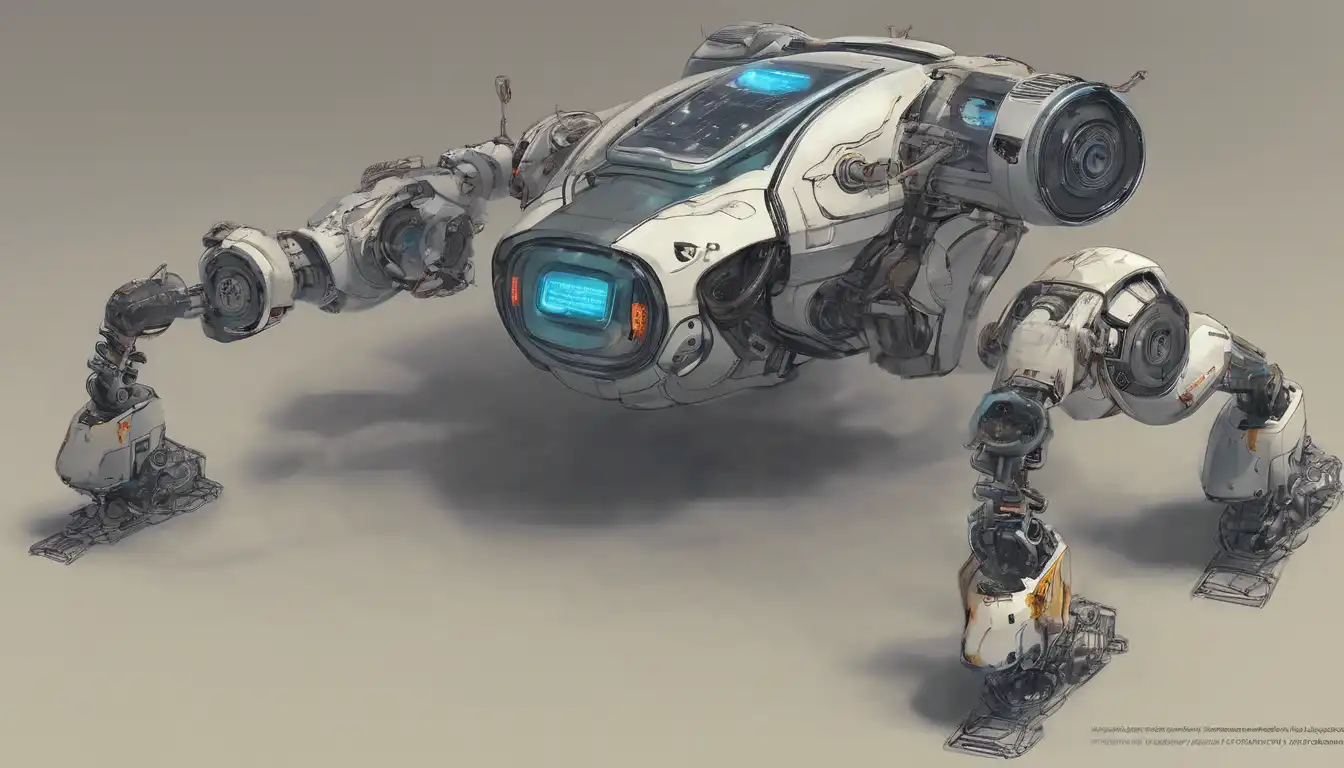Introduction to Ethical Robotics
In the rapidly evolving field of robotics, ethical considerations are becoming increasingly paramount. As we stand on the brink of a new era where robots and artificial intelligence (AI) play integral roles in our daily lives, it's essential to navigate the moral landscape with care and responsibility.
The Importance of Ethics in Robotics
Ethics in robotics is not just about preventing harm; it's about ensuring that these technologies enhance human life without compromising our values or rights. From autonomous vehicles to AI-powered healthcare, the potential benefits are immense, but so are the ethical dilemmas.
Key Ethical Considerations
Several critical areas demand our attention when discussing the ethics of robotics development:
- Autonomy and Control: Who is responsible when a robot makes a decision that leads to harm?
- Privacy: How do we protect individuals' data in an age where robots can collect and analyze information incessantly?
- Employment: What are the implications for the workforce as robots take over more jobs?
- Bias and Discrimination: How do we ensure that robots and AI systems do not perpetuate or exacerbate societal biases?
Case Studies in Ethical Robotics
Examining real-world examples can shed light on these ethical considerations. For instance, the use of drones in warfare raises questions about accountability and the value of human life. Similarly, the deployment of robots in elderly care highlights the balance between efficiency and the human touch.
Looking Ahead: The Future of Ethical Robotics
As we continue to push the boundaries of what robots can do, it's crucial to establish robust ethical frameworks and regulations. Collaboration between technologists, ethicists, and policymakers will be key to ensuring that robotics development proceeds in a manner that benefits all of humanity.
For more insights into the intersection of technology and ethics, explore our technology trends section.
Conclusion
The journey of robotics development is fraught with ethical challenges, but also brimming with potential. By addressing these considerations head-on, we can steer the course of innovation towards a future that reflects our highest aspirations for technology and society.
